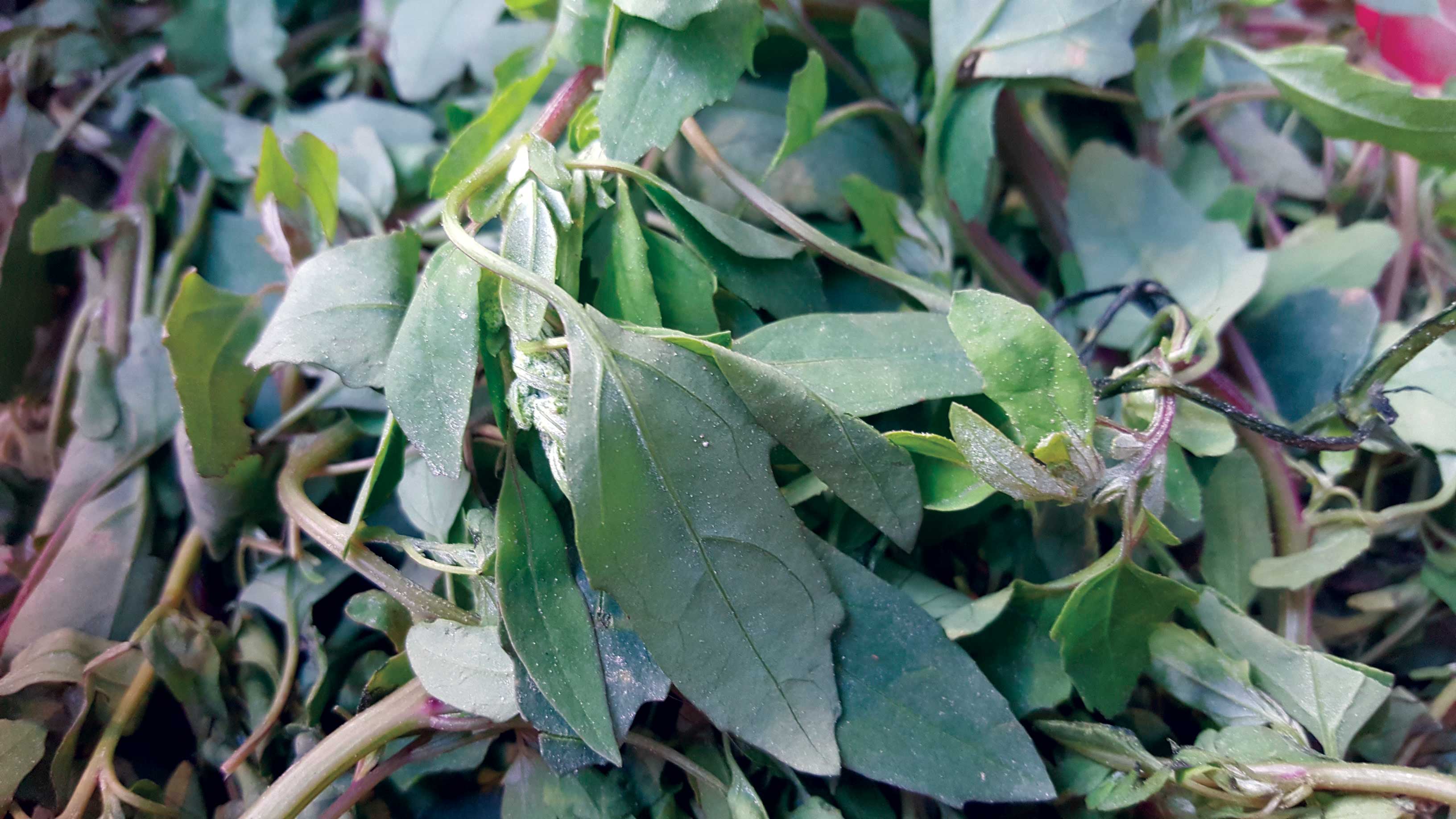Over the years I’ve heard and read about grains that used to be widely eaten in various parts of Nepal but which have now become so uncommon as to be almost lost at the worst or extremely hard to source at best. RBT Superfoods came to my attention recently, and immediately I was curious, because their mission seemed aimed at trying to prevent just those problems.
Brothers Ayush and Ashim Pandey started their venture just a few short months ago; when I met with Ashim at their office he explained that it all started with chinu, (or chin as it is rendered on their packaging) a grain which is known in English by many names: proso millet, hog millet and common millet being just a few. He’d never heard of it before—neither had I—but had met a journalist from Humla who told him that it was easily grown there but rapidly becoming worthless. As in many parts of the country, people were eager to switch to rice as their starch staple, preferring it to what they saw as an ‘inferior grain’ as soon as they could afford to.
However, chinu is about as far from an inferior grain as is possible to imagine. In a study published in 2013, researchers found multiple advantages to this crop, concluding that “Millets must also be accepted as functional food and nutraceuticals because they provide dietary fibers, proteins, energy, minerals, vitamins, and antioxidants required for human health. Several potential health benefits such as preventing cancer and cardiovascular diseases, reducing tumor incidence, lowering blood pressure, risk of heart disease, cholesterol, and rate of fat absorption, delaying gastric emptying, and supplying gastrointestinal bulk were reported for millets...” (Saleh, A.S.M., Zhang, Q., Chen, J., Shen, Q., 2012. Millet Grains: Nutritional Quality, Processing, and Potential Health Benefits. Comprehensive Reviews in Food Science and Food Safety 12, p. 281-295). Later they go on to suggest it as beneficial for diabetics, too, something that could be of real benefit with the rise of this health challenge here in Nepal. It could also be a pleasant option for those who need to avoid gluten in their diets.
Ashim explained to me that due to chinu’s low-water requirements, it can be grown even in places without much rainfall—making it extremely valuable as a crop for the area, which is a rainshadow zone. it’s also an extremely fast growing plant—certain strains can be ready to harvest just two months after planting and in some areas it’s grown as a fallow crop, because its growth enriches the soil rather than depleting it.
When you combine these two elements—the health benefits and the easy-growing nature of the plant—it seems like a no-brainer. But what we eat is about more than just rationality: better health, however much a goal worth striving for, is not the only reason we choose what goes on our plates; how well can we fit it into our existing preferred meals? what does it taste like? Ashim had trouble describing it, so I went home with a bag to try myself.
Incidentally, RBT Superfoods has a few other products: dried apples from Mustang and Jumla, and jimbu, beans and daal from Humla. The dried apples made a perfect snack, and could probably be used in baking, too, if I hadn’t eaten the whole packet so quickly.
The chinu, however, was another story, as it sat on my kitchen counter for the next few days, while I tried to figure out what to do with it. It’s one thing to recreate a food you’ve never cooked but have at least tried; preparing an entirely different food item that one’s never even tasted is yet another challenge—but fun, too! Ashim told me he eats it in place of rice in his usual meals, so I decided to make a curry, and a batch of chinu to go along on the side.
Following the instructions on the packet, I washed it thoroughly, to remove potential bitterness, which must have worked because there was no sign of it in the final product, which was, in fact, delicious. It reminded me a bit of couscous—though it is not instant-cooking, but must be boiled—with a slightly nuttier flavor. I overcooked mine a little but it didn’t seem to matter; it soaked up the curry sauce like a dream and was filling and satisfying. As with any grain, I imagine it’ll take me some time to get the cooking time and water proportions just right, but last night I had the rewarding experience of trying something both new to me and old to Nepal. Give it a go.
Chinu can be ordered online at https://www.rbtsuperfoods.com/ It can also be found at Maya ko Chino in Jhamsikhel, or call 9823120030 to order.

Dal-bhat, the ultimate vegan food
With the climate crisis, people all over the world are suddenly conscious of what they eat. They are...










